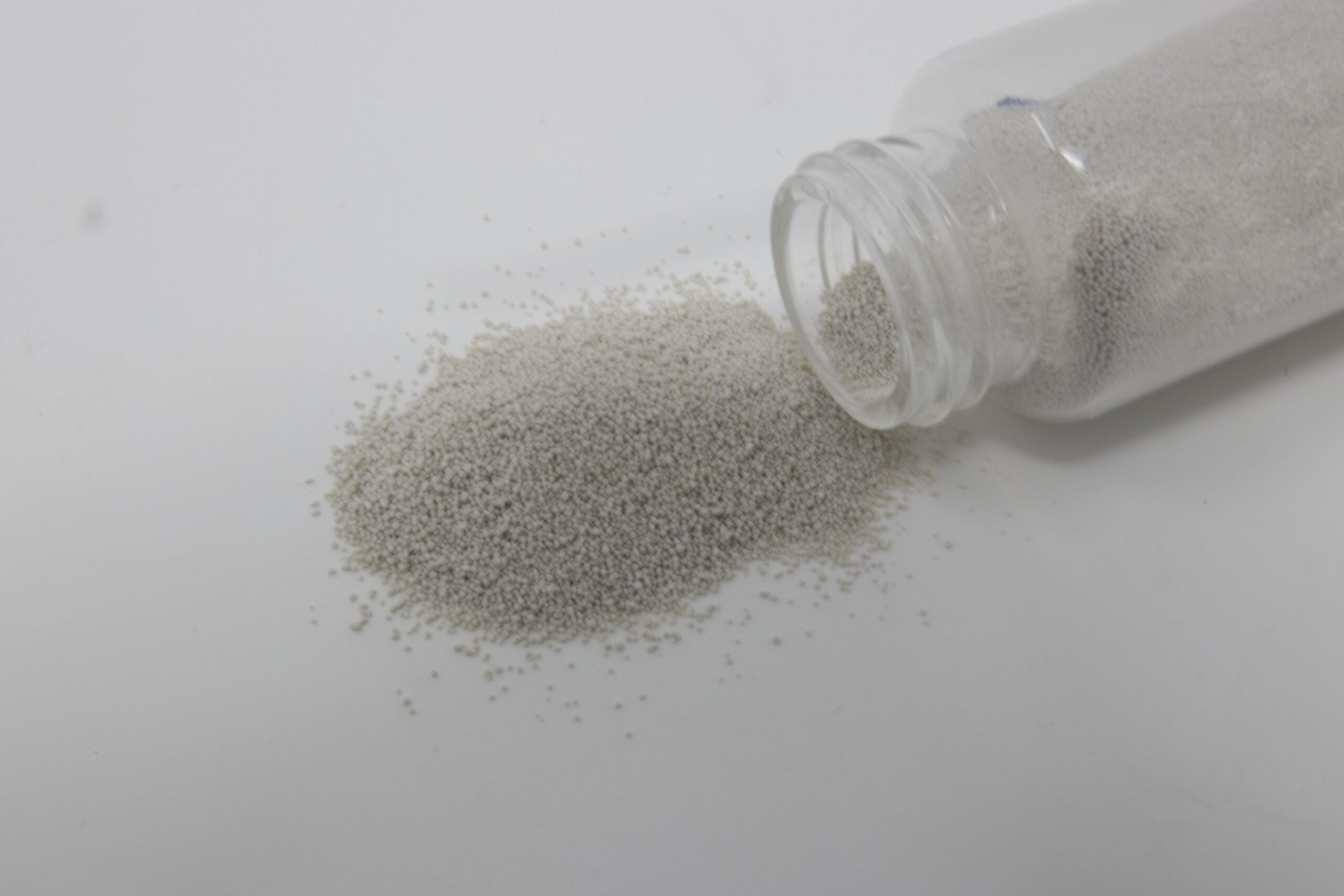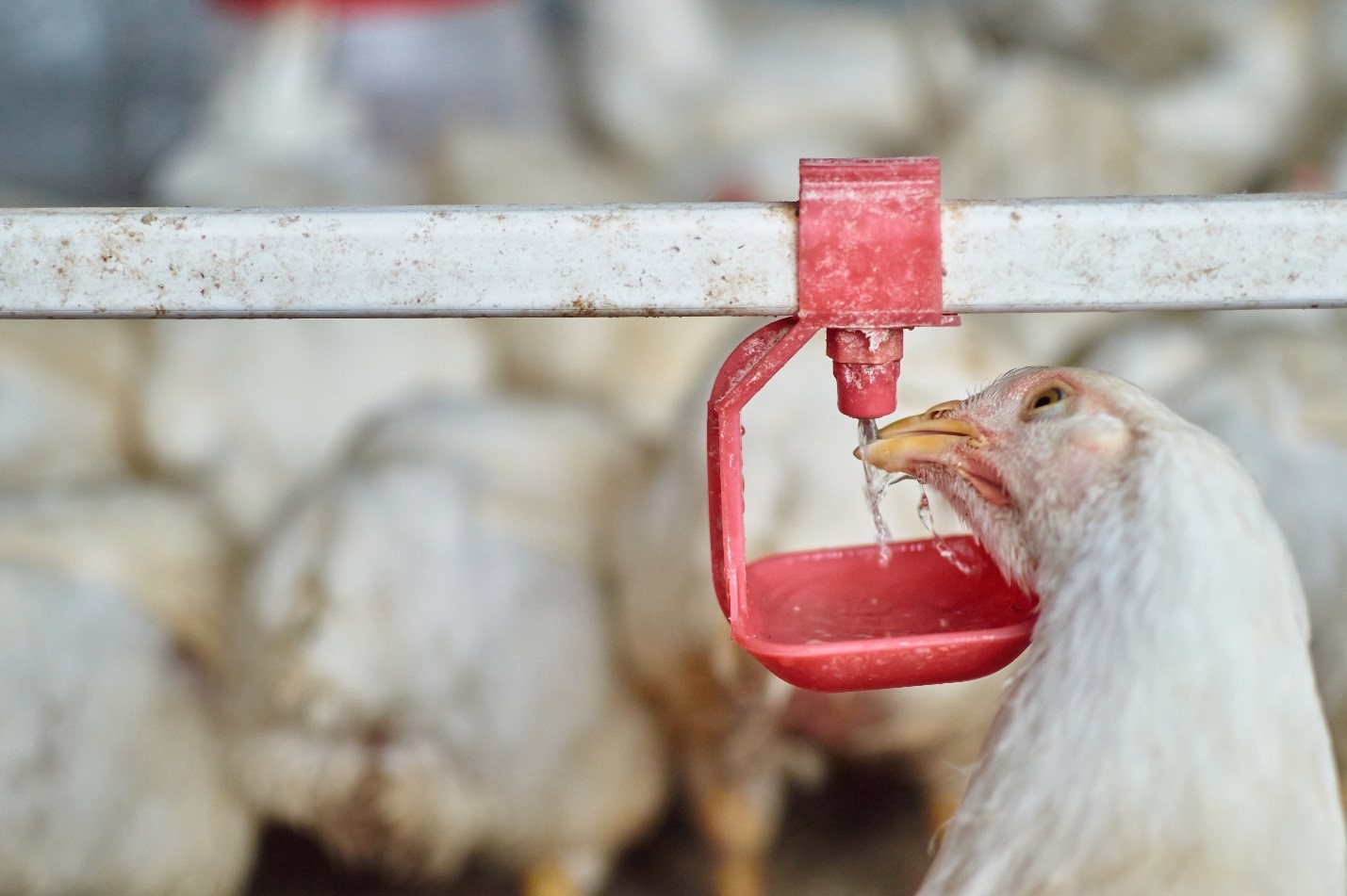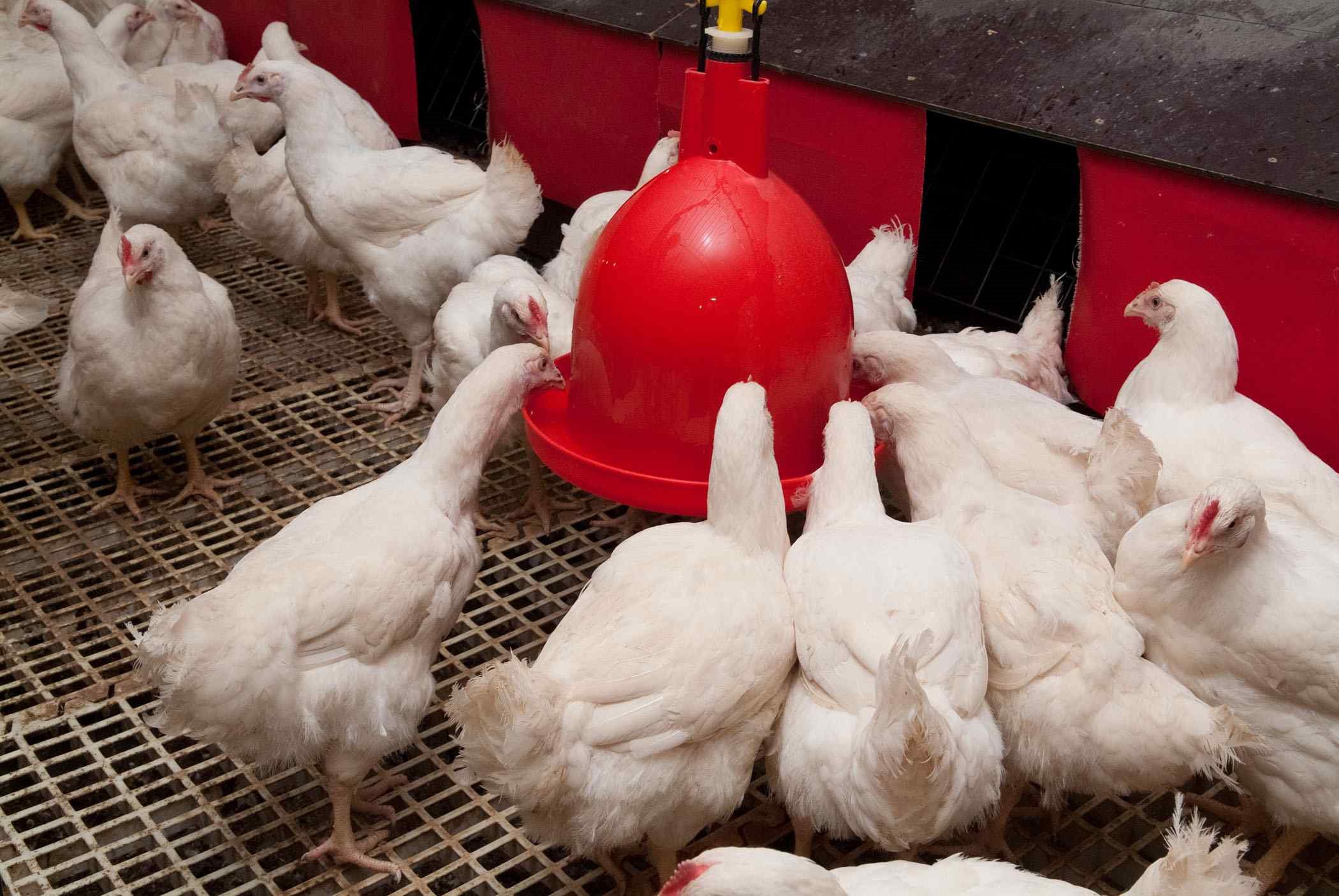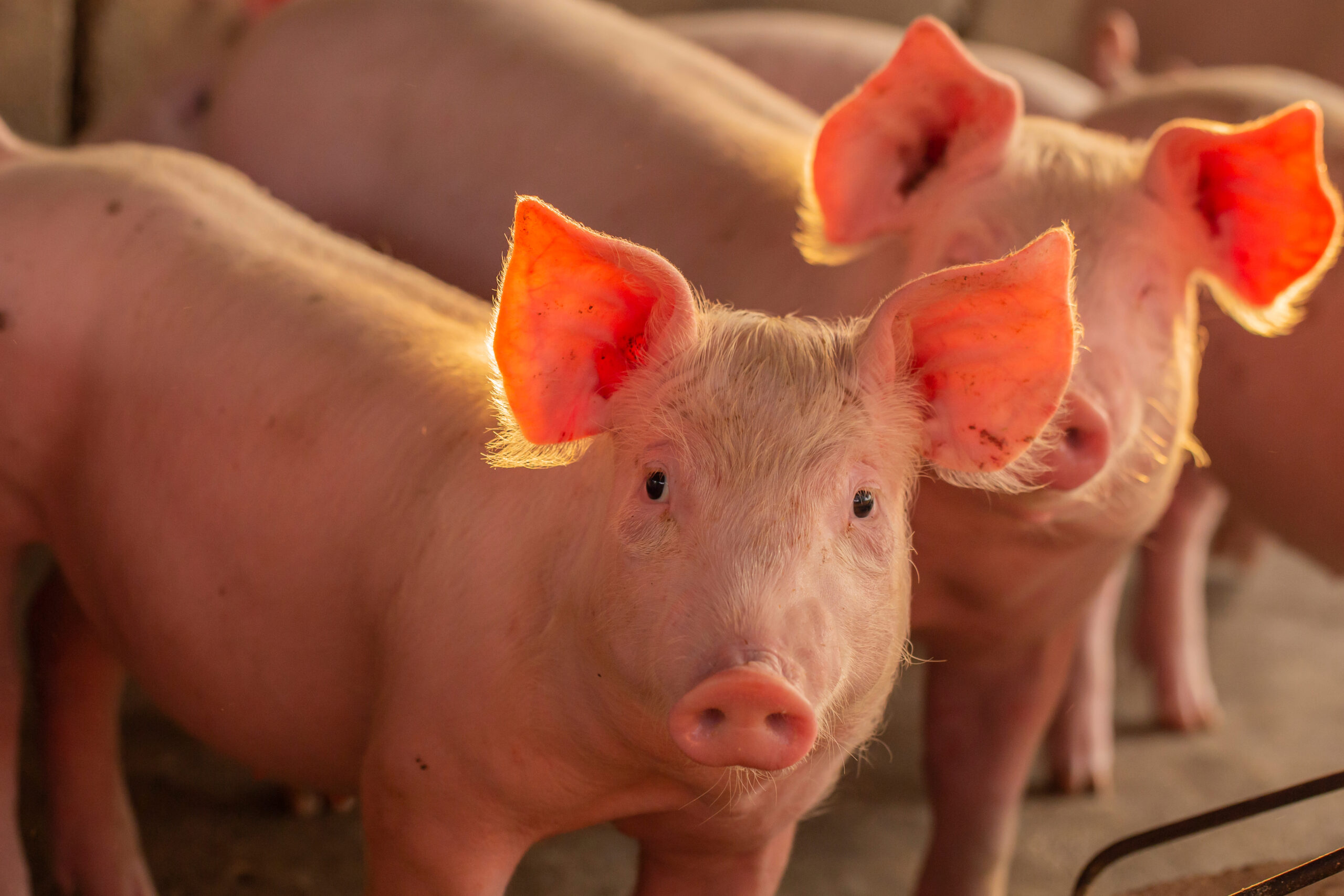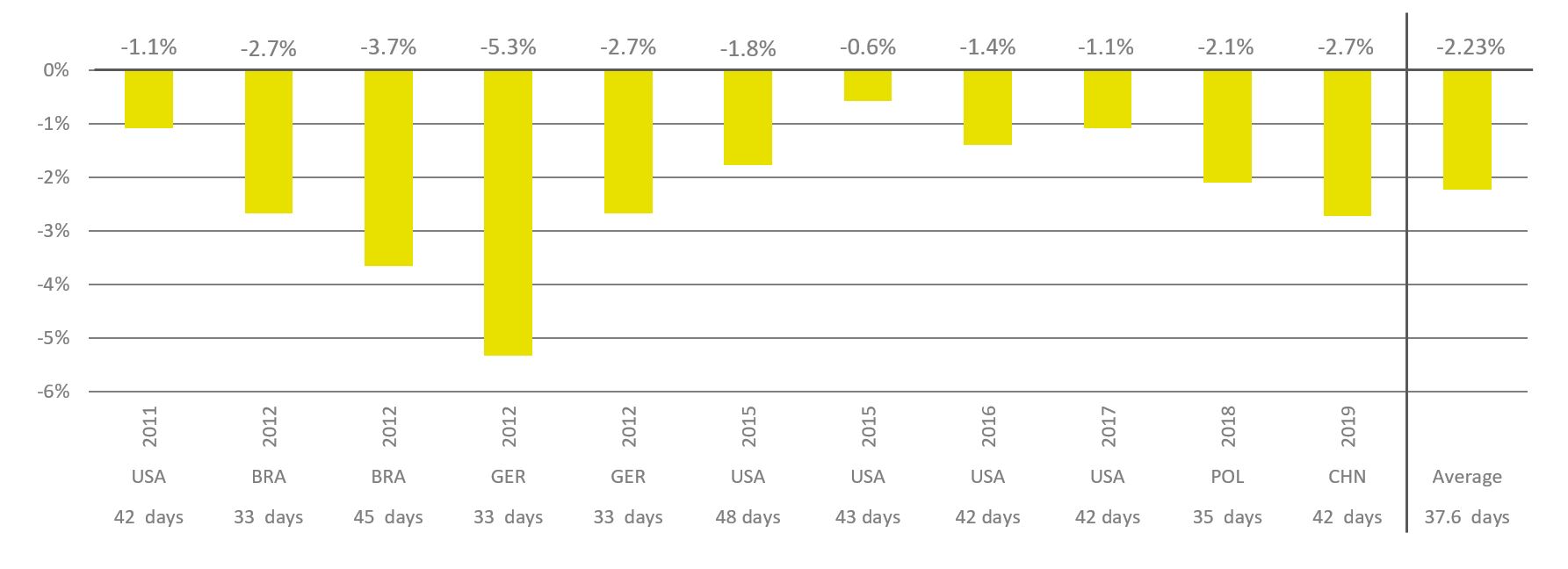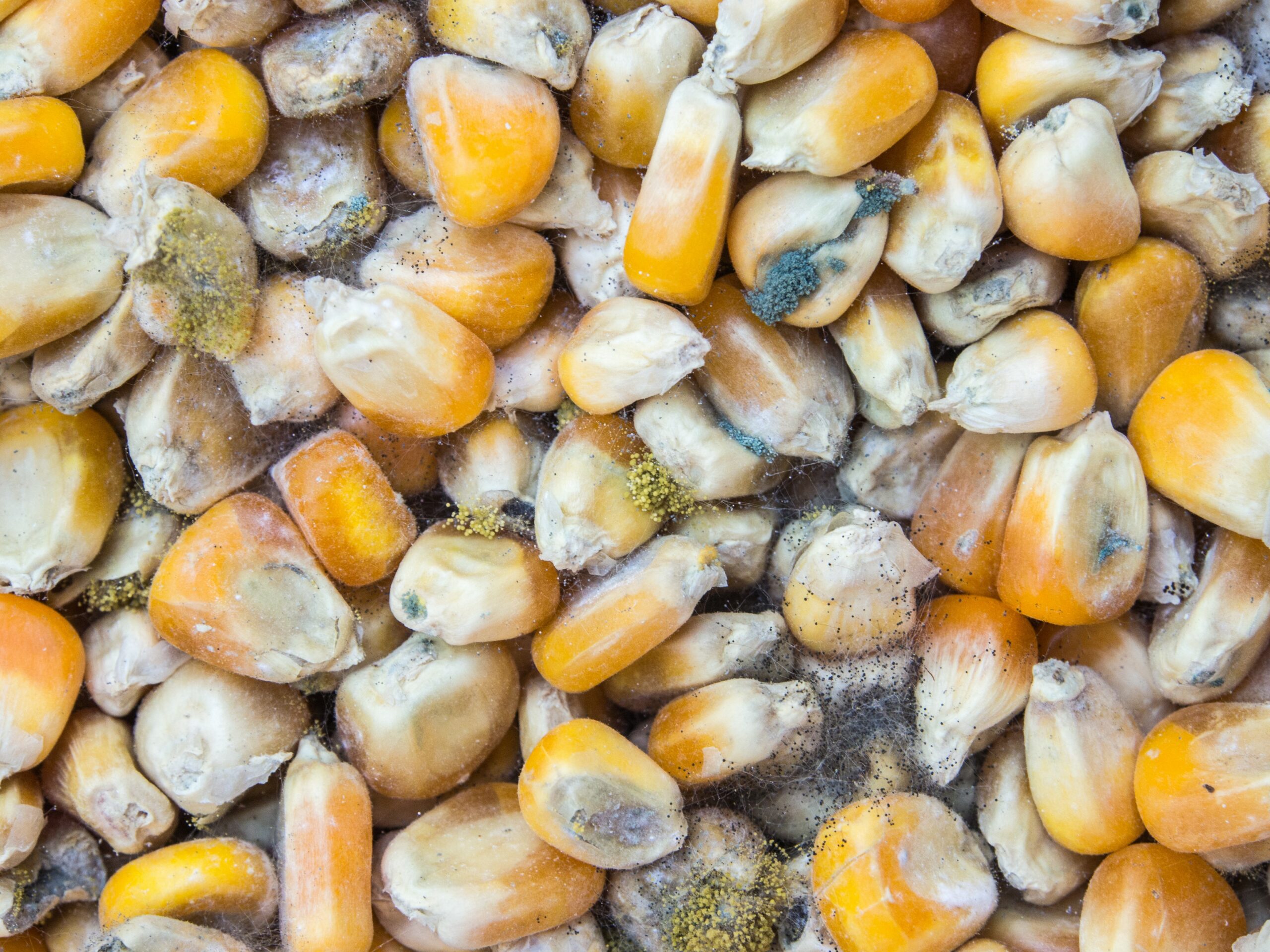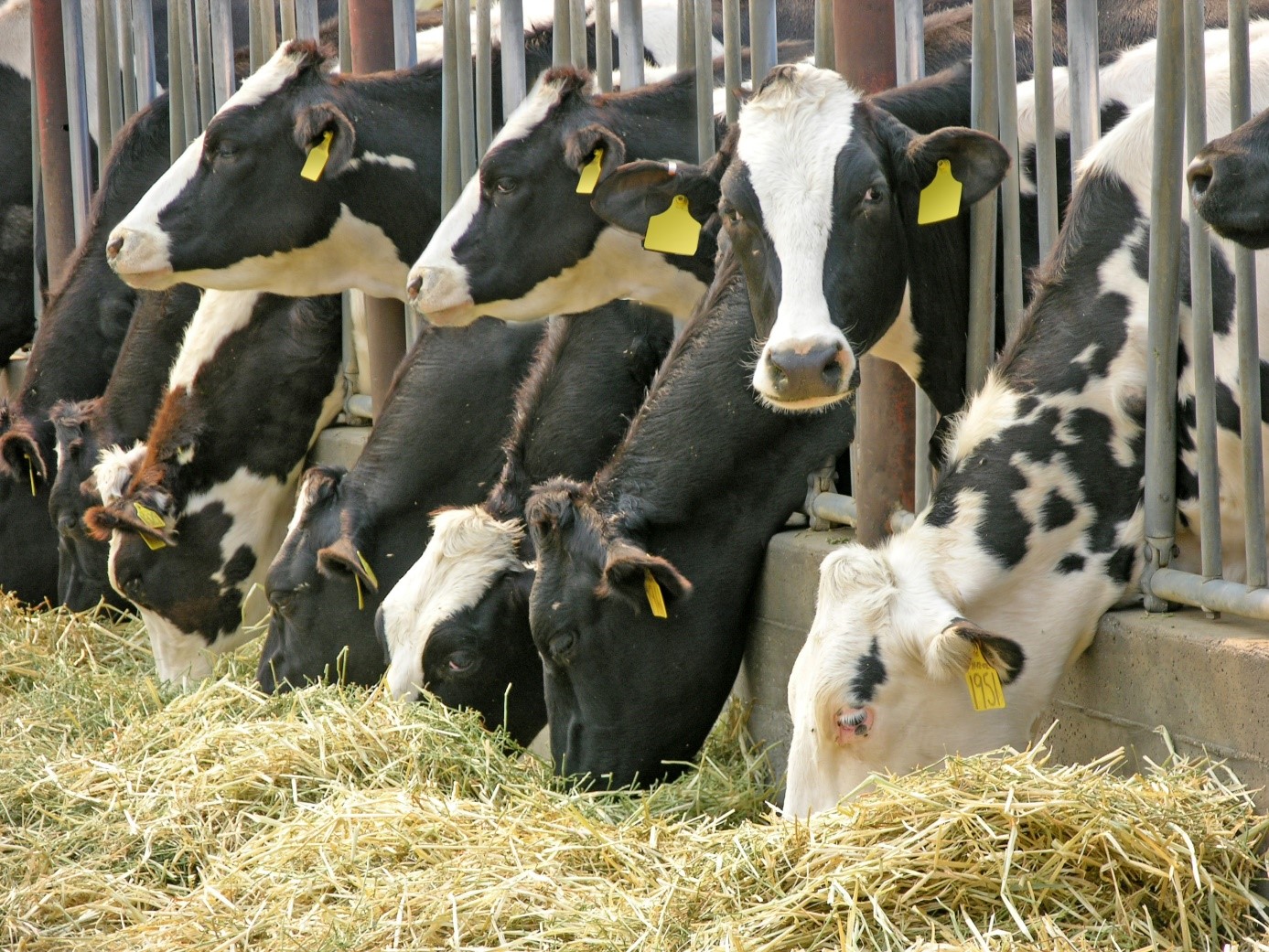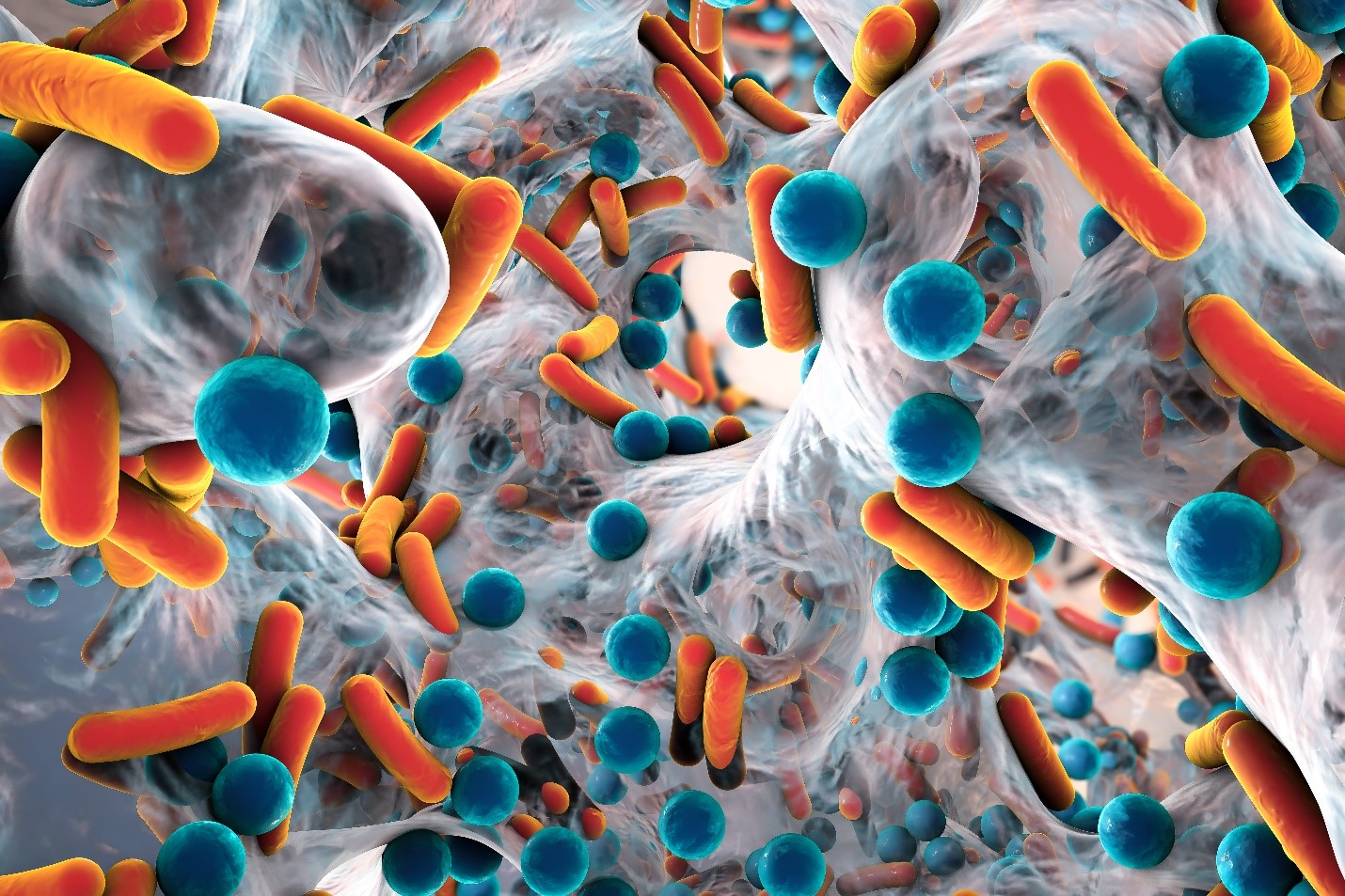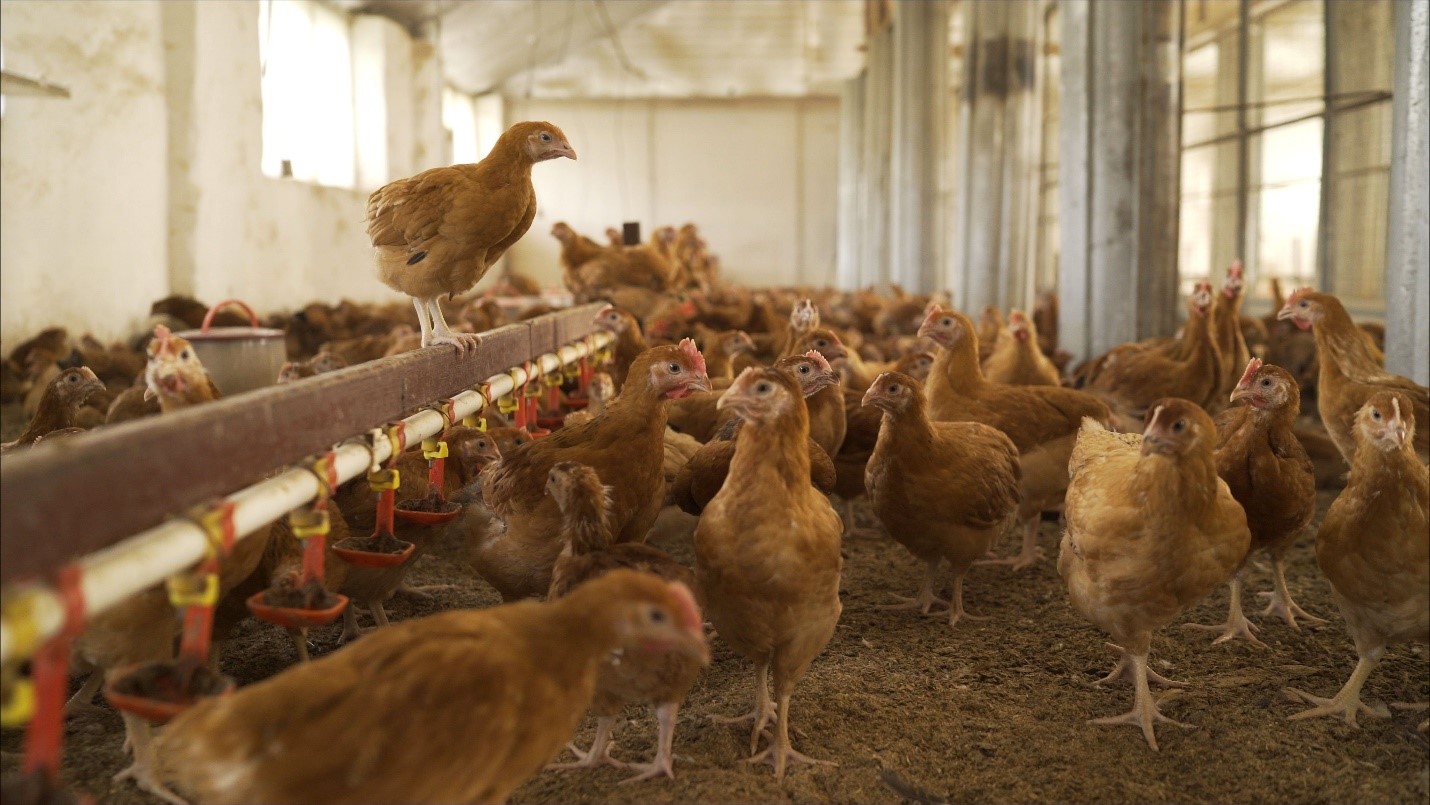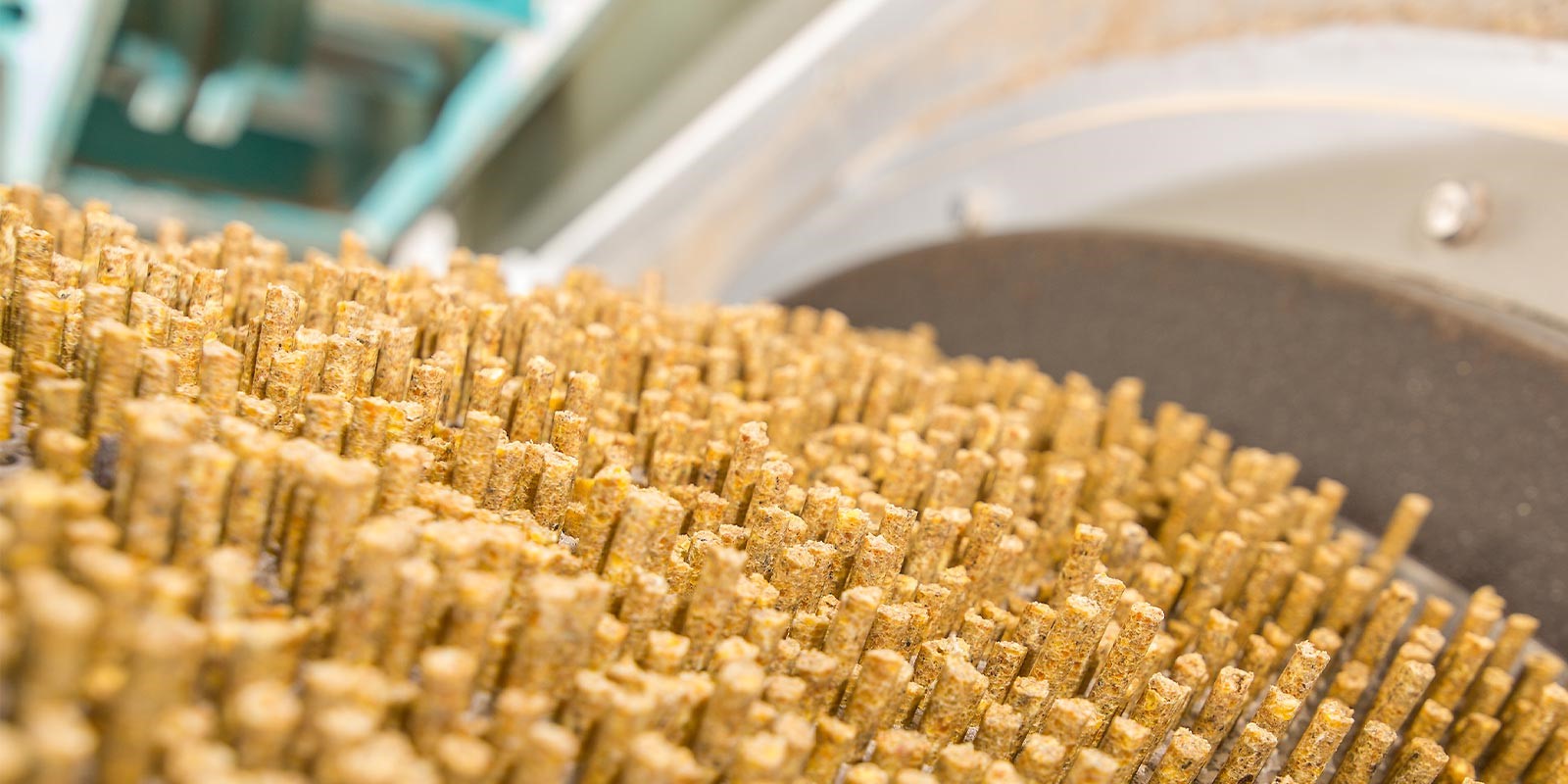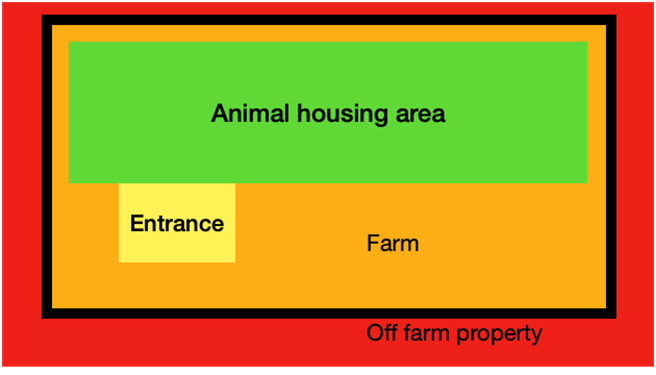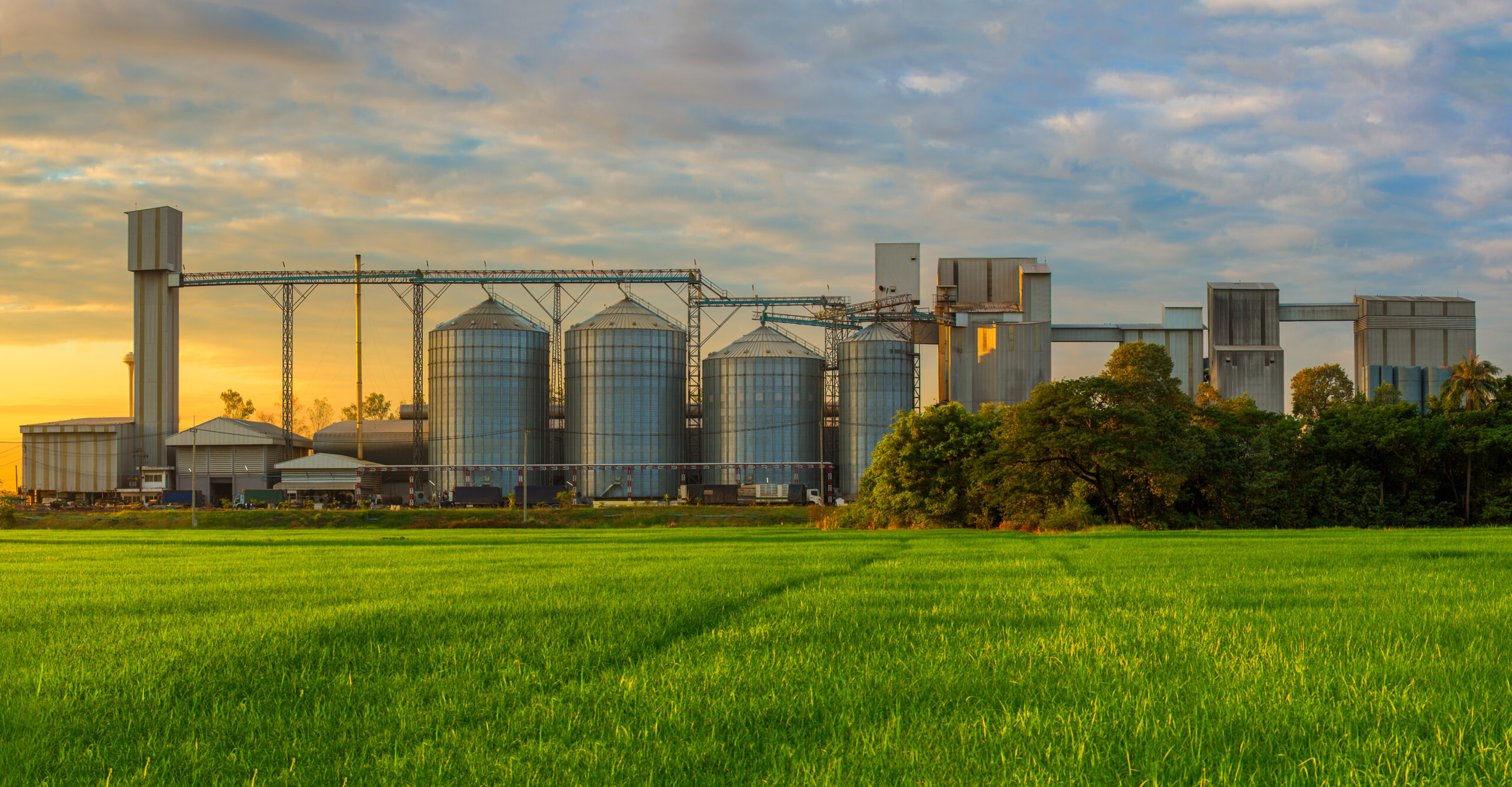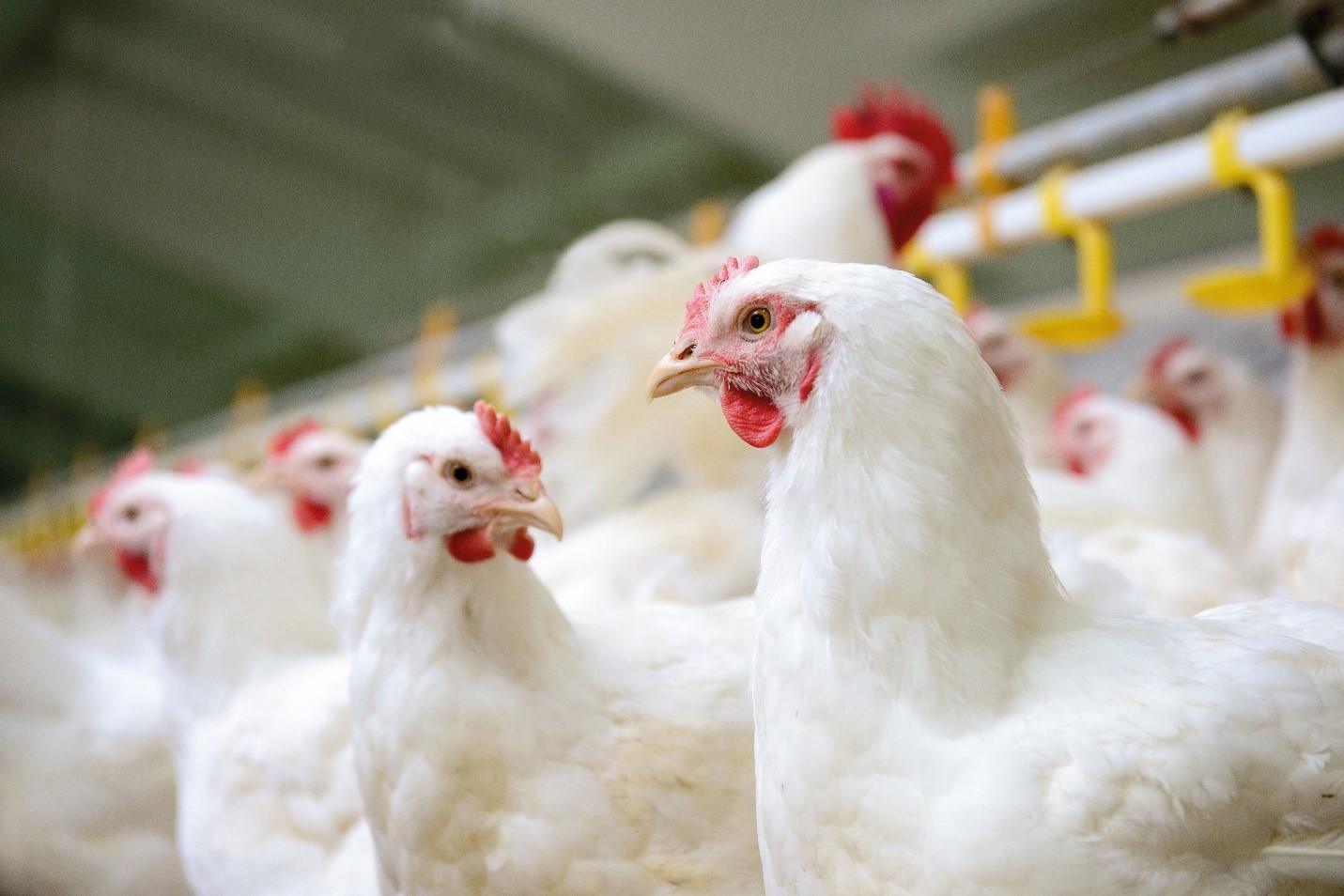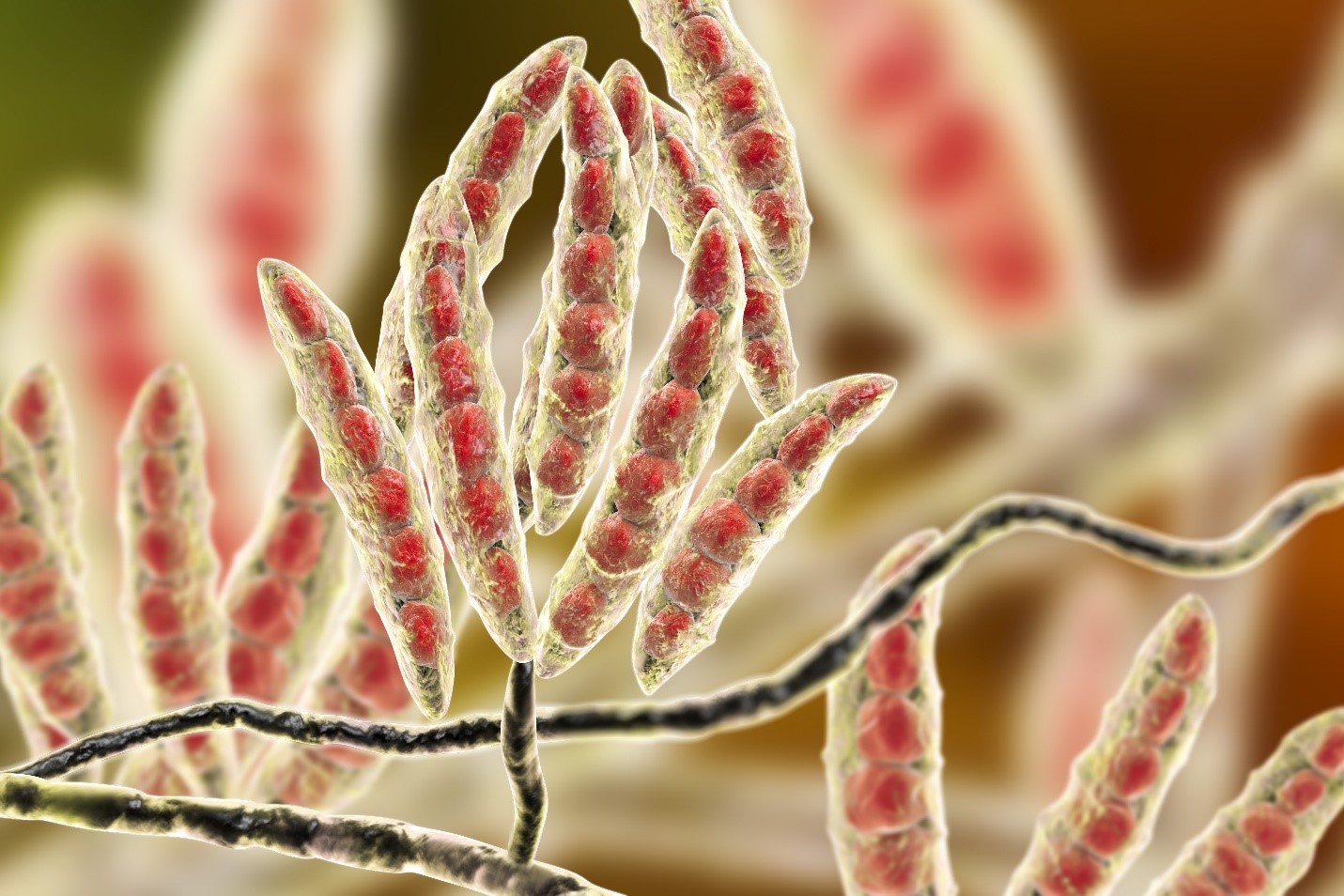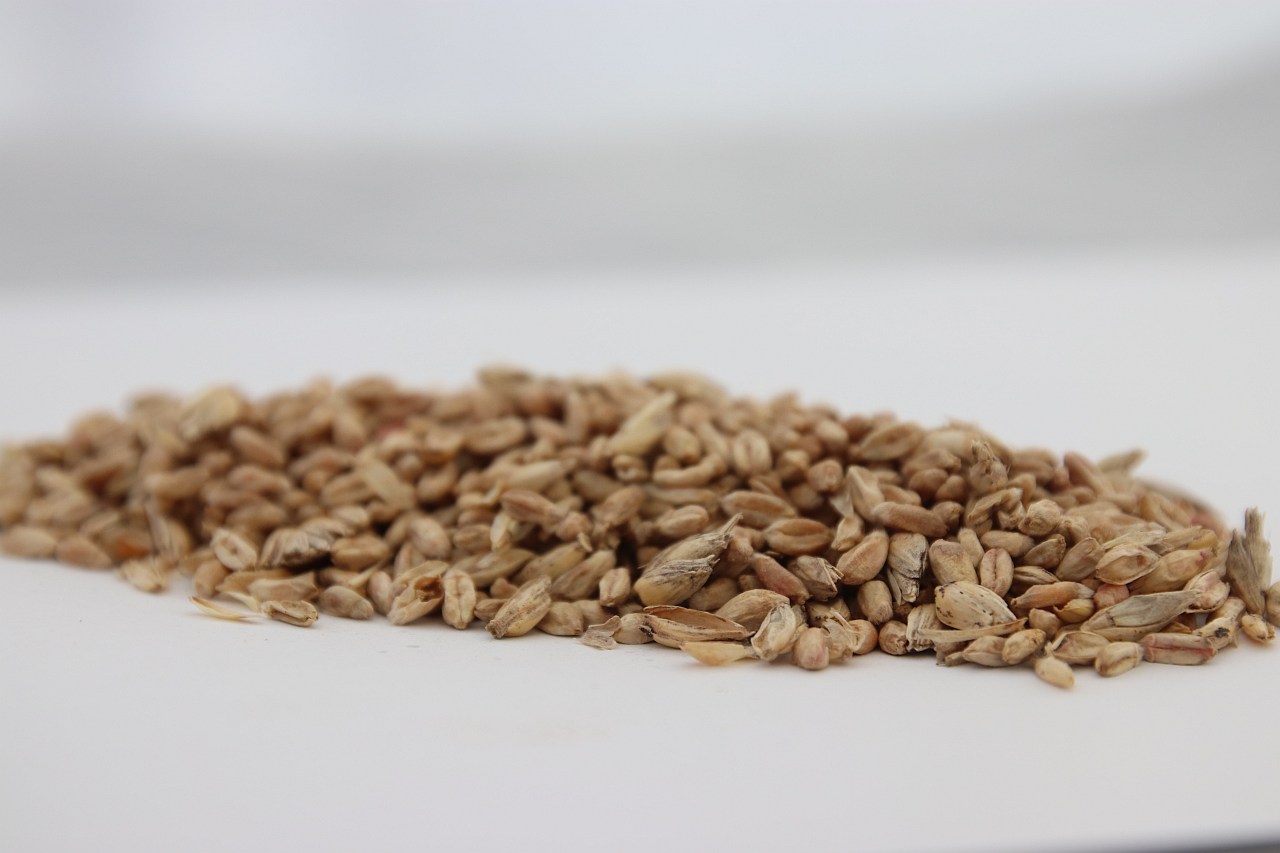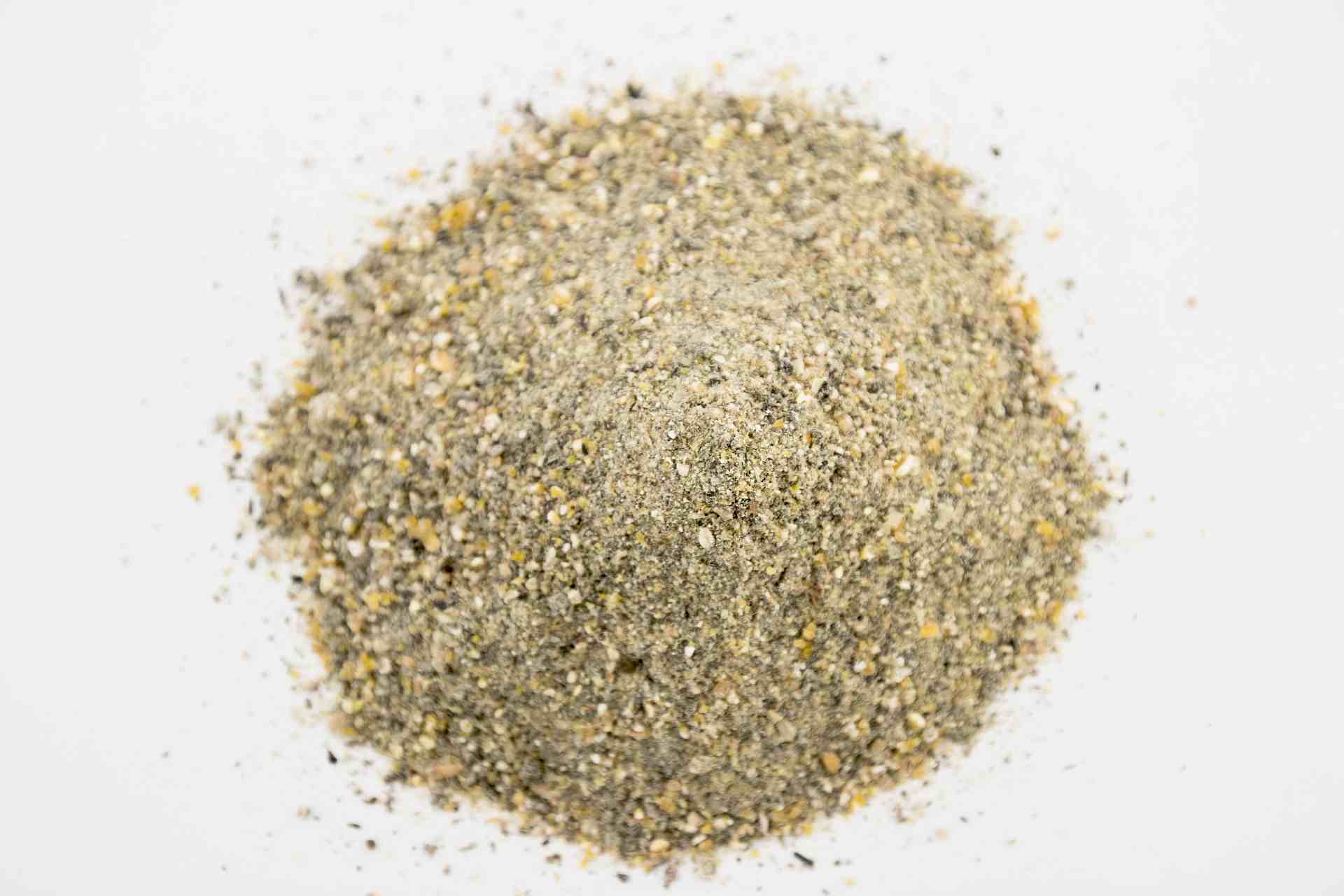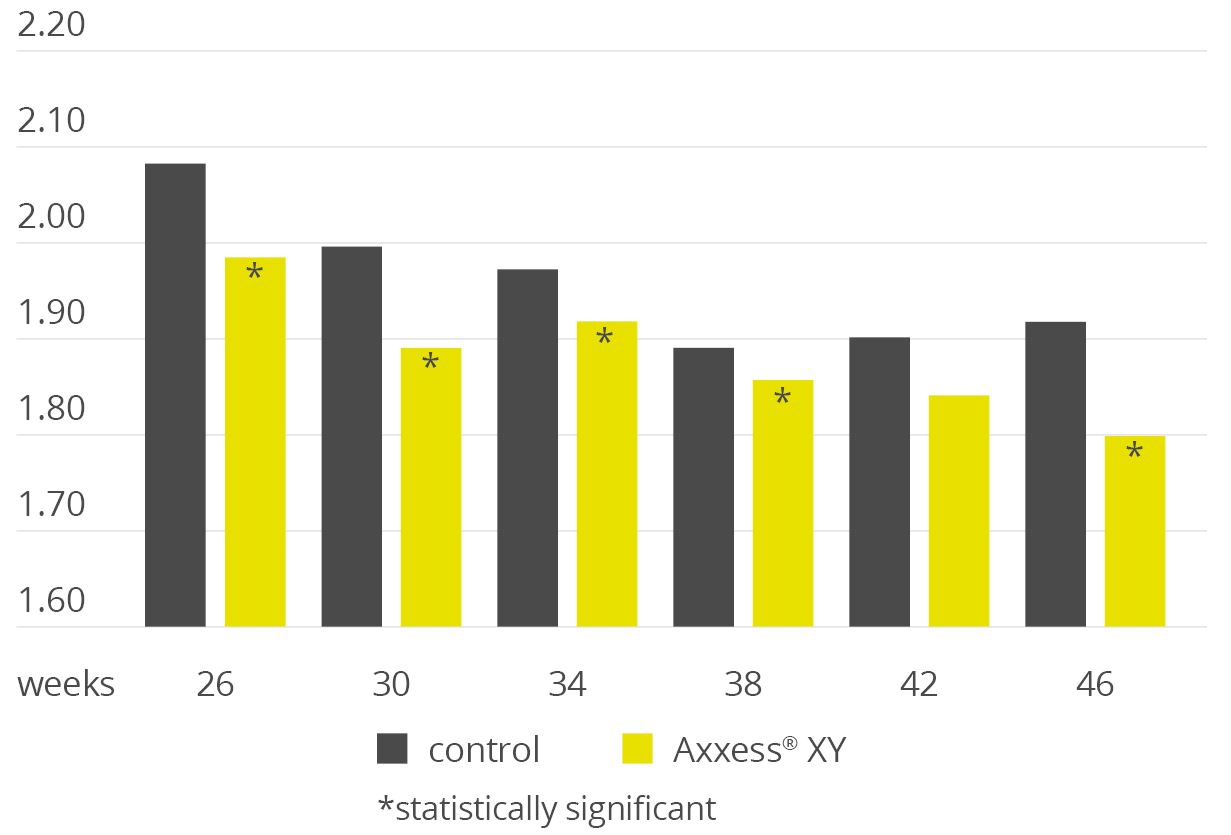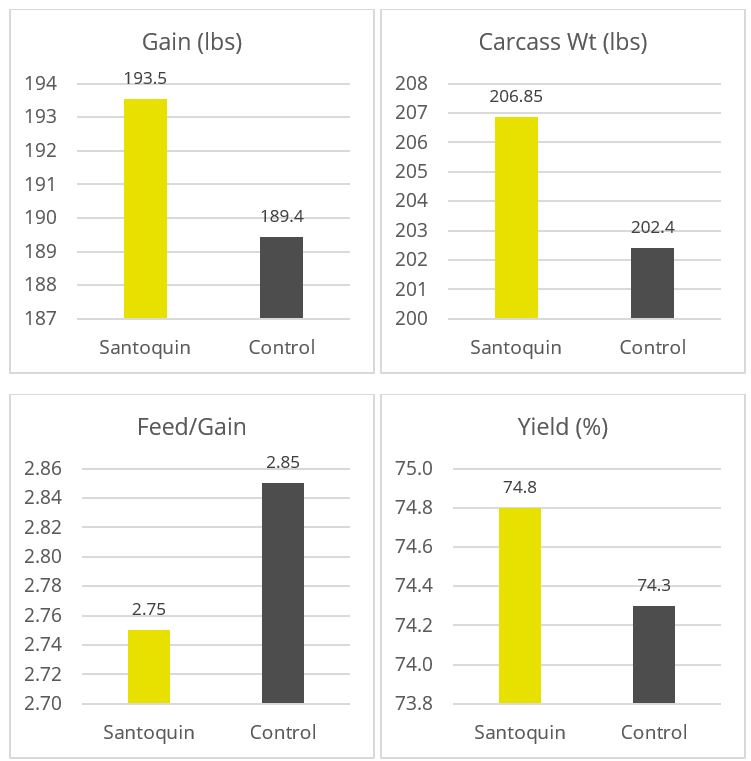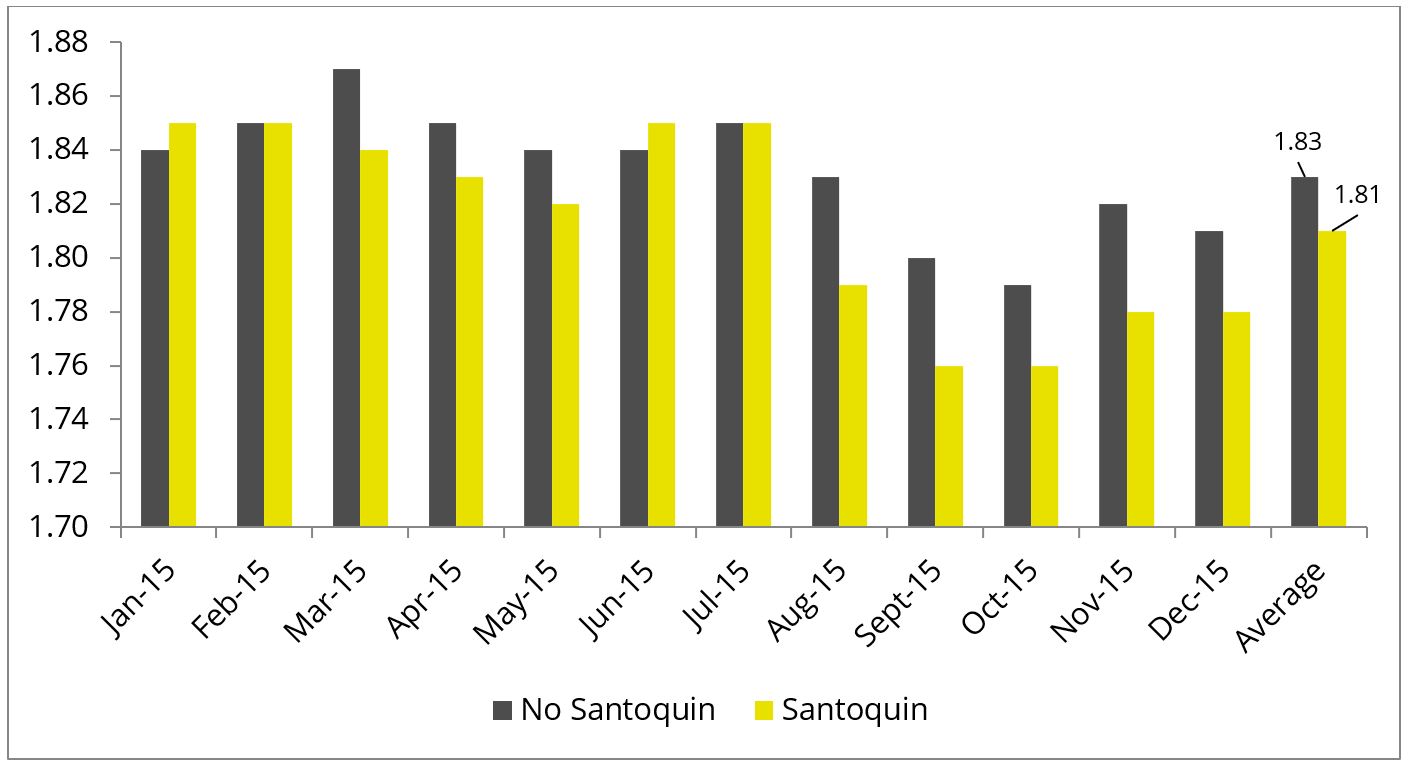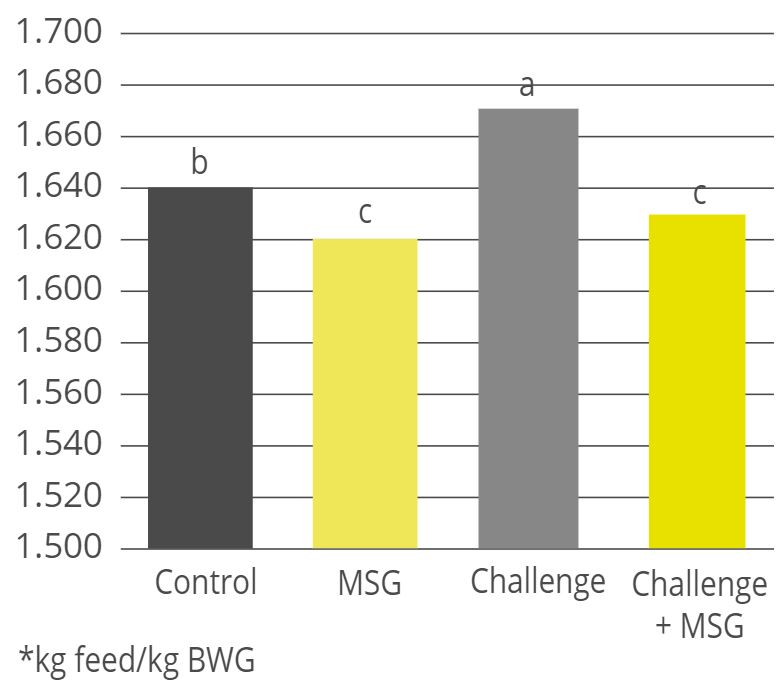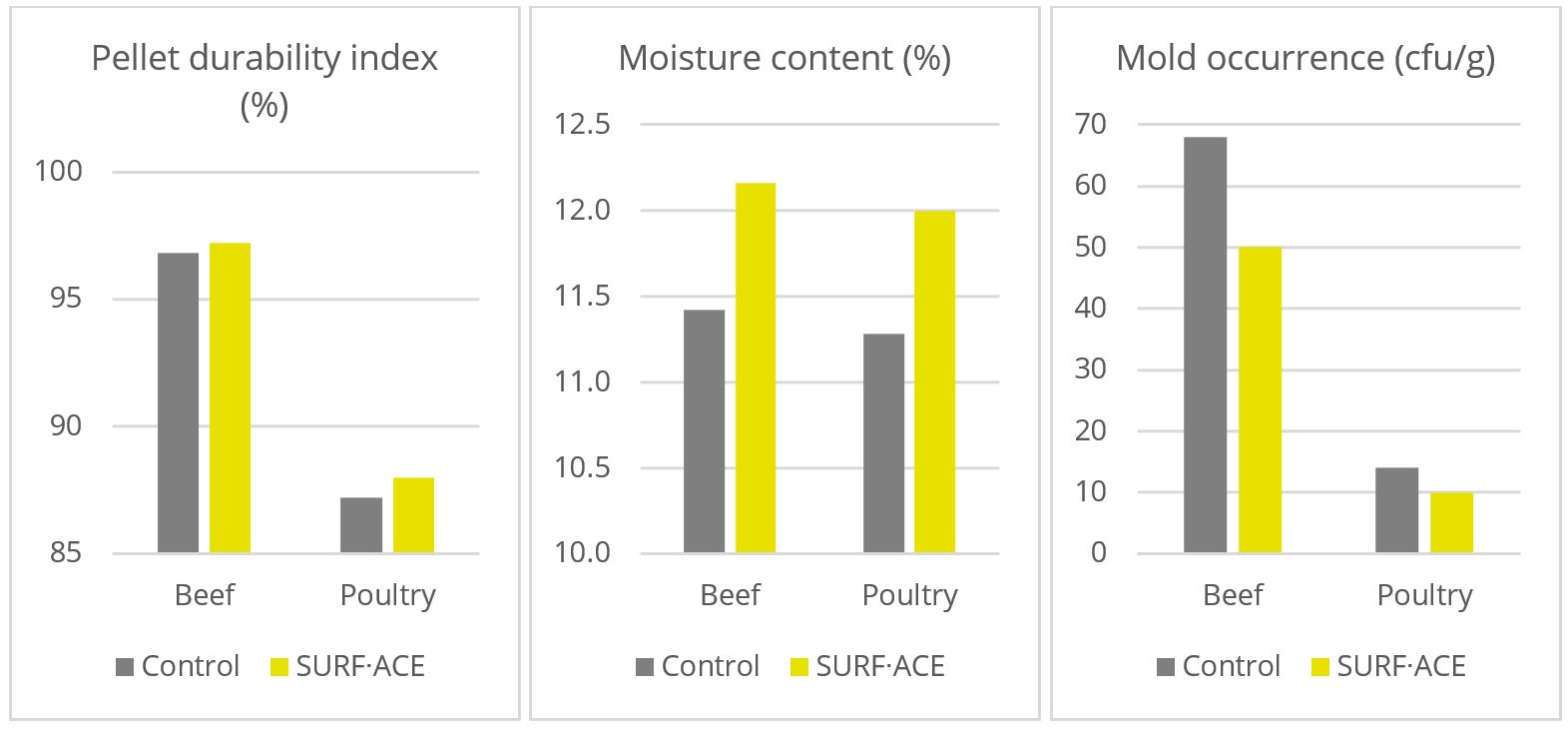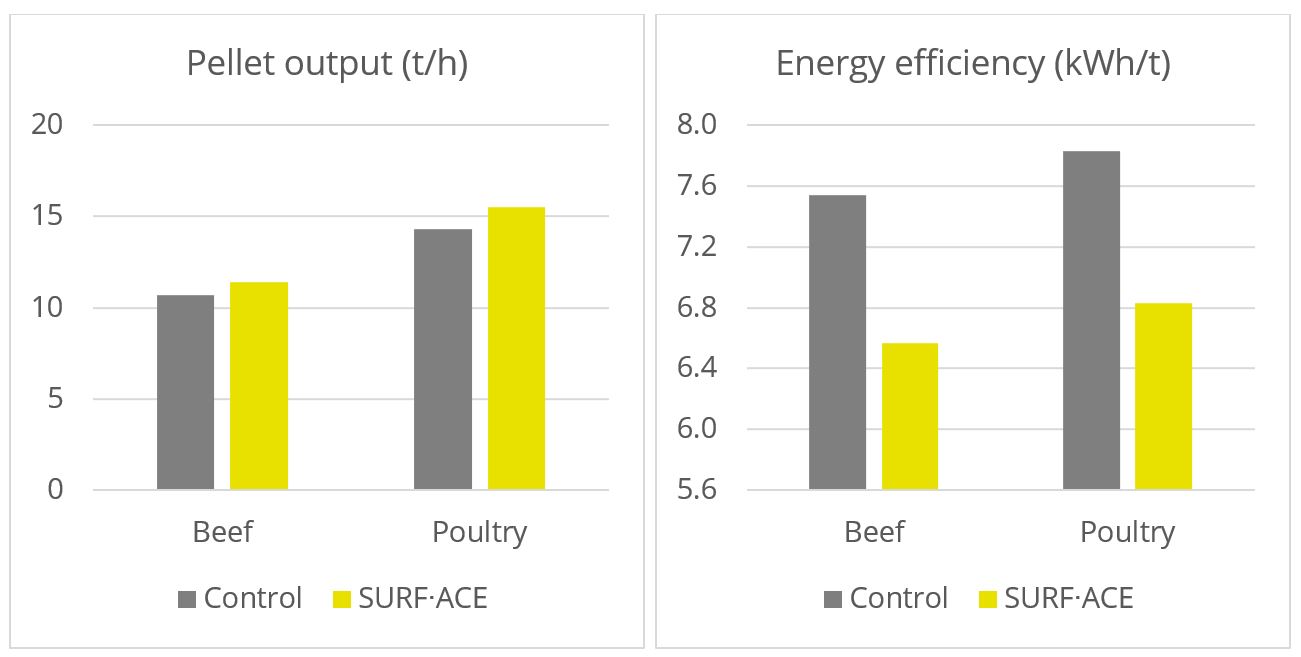The 3 critical factors for successful pigmentation

By Predrag Persak, Regional Technical Manager, EW Nutrition
We eat with our eyes. Depending on our cultural background and our experience, we prefer foods that have a certain appearance. Moreover, we regulate our taste and health expectations based on this appearance. In that equation, color plays an essential role. Think of healthy-looking salad, fruit, eggs, meat, and more. Certain foods are more appetizing and appear healthier – and, in many cases, are indeed so – when they display a certain color.
For poultry producers, skin color and the yolk color of table eggs are of major concern. This concern is driven by the market (in certain regions, skin and yolk pigmentation heavily affect buying preferences), by regulations, and by an interest in using all options to increase product quality with natural solutions.

Where does poultry pigmentation come from?
Birds cannot synthesize pigments; they must take them up with their feed. Natural pigments have, besides their pigmenting properties, an antioxidant role in the bird’s organism. Unfavorable conditions can heavily influence the outcome of pigmentation. For producers looking to achieve reliable and consistent coloration, results are often unpredictable and disappointing.
Knowing the factors that affect pigmentation will help us to better understand how to achieve the desired level of pigmentation – or to identify, in hindsight what went wrong and when. In general, three different factors are decisive for efficient pigmentation:
- The quality of the product (type, content, and stability of the pigment)
- The amount of pigment ingested/absorbed/deposited
- The persistence of the pigment in the final product
1. Product quality is essential
The first point to be considered is the quality of the product you use, including type, content, and stability of the pigment in the product and the feed.
Content and quality of active substances determine efficacy
Concerning type and content, what matters more than the total amount of carotenoids is the level of active substances. The trans-isomers have higher efficiency than the cis-isomers and are decisive for pigmentation.
Natural pigments originate from natural sources that often vary due to growth conditions, harvest, and handling. Therefore, producers need to control incoming materials and conduct proper formulation during the production process. This is crucial in order to obtain an adequate level of pigments for appropriate pigmentation.
Adequate measures ensure the stability of the pigment in the product
Natural pigments are sensitive to light and air; they are easily oxidized. Also in the feed formulation there are many substances (e.g. oxidized forms of trace elements, choline, chloride) enhancing the oxidation of the pigments. Some precautions can be taken to protect natural pigments from oxidation:
- Use of adequate package materials preventing the exposure to light and air
- Use of antioxidants in the product as well as in the feed formulation
With these measures in place, the pigments are given adequate protection to ensure their stability.
2. Pigment intake, absorption, and deposition affect pigmentation
Every factor reducing the amount of pigment reaching its target deteriorates the quality of pigmentation. Below are the crucial factors producers need to take into account.
Feed intake is correlated to pigment intake
Assuming that the pigment is homogeneously distributed in the feed, feed intake directly determines the intake of pigment. Consequently, anything that affects feed intake also affects pigment intake and pigmentation. To that end, what is also decisive is particle size and homogeneous distribution of the pigment in the product.
The energy concentration in the feed is also a critical factor. Antinutrients, unpleasant taste, or inconsistent feed structure negatively influence feed intake.
Feed intake is also influenced by other elements:
- the animal’s health status
- environmental conditions
- the availability of water
- the housing system (free-range, farm)
- feeding management factors (length of the feeding lines, separation of the feed in silo bins or through the feeding lines etc.).
Saponification plays a role in pigment absorption
Through saponification, the natural, esterified form of the pigment gets broken down and the pigment is separated from the fatty acid molecule. This step is necessary to enable the pigment to pass the intestinal wall. The higher the saponification, the better the bioavailability of the pigment.
Besides improving bioavailability, saponification also influences the particle size and the homogeneous distribution of the pigment particles in the product.
Some feed materials and nutrients influence pigment absorption
If pigments are used, it is essential to know that some feed materials or nutrients have a beneficial or adverse effect on the absorption or deposition of the pigments. The inclusion of saturated, low-digestible fats or fat sources decreases pigment absorption and, therefore, the efficacy of pigmentation, whereas unsaturated fats (oils) facilitate it. The addition of oil up to 5% linearly increases pigment deposition in the egg.
Nutrients such as Calcium or Vitamin A also change pigment absorption. In the case of calcium, the level and the source are decisive. High levels of fast soluble limestone or calcium levels higher than 4 % will decrease the absorption. Also, increased levels of Vitamin A are critical for the effectiveness of deposition, as Vitamin A and the pigment use the same transporters. This fact is very important in broilers if vitamin A addition is applied through the water.

Mycotoxins affect feed intake and absorption
The presence of mycotoxins in feed, especially DON, will reduce feed intake due to the bad taste. The gut health-impacting effect of the mycotoxins will increase the passage rate of the feed and will prevent adequate absorption through the intestinal wall. Additionally, the liver function is negatively impacted by the mycotoxins. This results in an affected serum transport and a lower storage capacity for the pigments, leading to lower deposition in the tissue.
Impacted gut health is bad for pigmentation, too
Good gut health is essential for good pigmentation, including the uptake/absorption of pigments, their deposition, but also already existing pigmentation. All health challenges that negatively affect digestion and absorption, such as dysbiosis, negatively influence pigment availability and pigmentation. In such cases, products or strategies improving digestibility and gut integrity can be a solution.
Specific diseases such as NCD, Coryza, helminthiasis, as well as coccidiosis are an important consideration. The first three diseases lower pigment deposition; coccidiosis, however, has multiple impacts. It not only affects digestion and absorption and, therefore, the ongoing pigmentation but also decreases the already existing one.
Coccidia cause damage to the intestinal wall and affect its activity, resulting in a lower absorption. Additionally, the animals lose weight due to an insufficient supply of energy. The consequence is a degradation of fat tissue where the pigments are stored. Furthermore, coccidiosis means oxidative stress for the animal – triggering a reaction of the organism. As pigments also serve as antioxidants, they are removed from the fatty tissues and used as antioxidants.
Within three days post-infection, pigment levels in the subcutaneous tissues, but also in the serum and the liver, drop to 0. Coccidiosis outbreaks occur more frequently in alternative housing systems, affecting broilers, but also laying hens. Paying close attention to coccidiosis and having a proper anticoccidial program in place is obligatory for good pigmentation.
3. Pigmentation ends when the final products are on the shelf
For the end consumer, an attractive color in the final products (such as pasta or the broiler carcass) is essential. Producers of these final products request to put more pigments into the feed, but is this always the solution? As described before, there are a lot of factors possibly impacting the process of pigmentation during animal production on the farm.
However, also in the pasta factory or in the slaughterhouse, pigmentation of the final products can be impacted. In the pasta factory, oxidizing enzymes can destroy the pigments making the pasta pale and unattractive. If they have issues with Salmonella in the slaughterhouse, the birds may be scalded in slightly hotter water. The defeathering afterward can cause the loss of the upper layer of the skin with the pigments.
These examples show why pigmentation is not just the responsibility of the animal producer, but rather continues up to the moment when the pasta or meat is ready for the consumer.
Control these 3 factors for best pigmentation results

Pigmentation is a dynamic process that requires knowledge and attention. The better we control the influences, the more consistent and predictable the outcome. To that end, it is essential to use the product with the best quality, the best amount of pigment that can be not just ingested, but also absorbed and deposited, and with the best persistence in the final product and along its shelf life.
Keeping everything under control is not always possible or is extremely difficult. That is why choosing the right product is a vital link that will allow us to pay more attention to those things that we can find difficult to manage.
To meet all these demands, Colortek Yellow B is the best natural yellow pigment on the market. This highly concentrated natural yellow evidences optimal flowability, homogeneous mixing in feed and high stabilit, for reliable and consistent results. In addition, it boasts high bioavailability and is produced in the EU in a state-of-the art facility, with FAMI-QS certification and strict control of undesirable substances.


